Description
A mini kitchen garden that can be hung on a balcony. It's made from plastic bottles and old clothes.
Sommaire
Sommaire
- 1 Description
- 2 Sommaire
- 3 Introduction
- 4 Video d'introduction
- 5 Étape 1 - Choose the number of plant bags
- 6 Étape 2 - Cutting the bottles
- 7 Étape 3 - Cut 30x25 rectangles from the recovered fabric
- 8 Étape 4 - Sew the rectangles onto the large piece of fabric
- 9 Étape 5 - Attach the finished vegetable garden to your balcony and add the bottles
- 10 Étape 6 - Remplir de terre et de plantes les bouteilles
- 11 Étape 7 - Quelques conseils
- 12 Notes et références
- 13 Commentaires
Introduction
In our desire to reuse waste and create a mini kitchen garden, we've put together this tutorial to help other students with the same idea. What's more, as we live in a rainy region, we've chosen to set up this vegetable garden outside to take advantage of rainwater and save on running water.
Today, many students live alone in flats and find it difficult to eat properly. There are many recipes for tasty dishes using herbs and plants, but some students prefer not to use them in order to save money on food. Unfortunately, this takes away from the flavour of the dishes. One solution would be to grow your own herbs, but this can be complicated in a flat, where there is already a lack of space and conditions are not optimal.
In our desire to reuse waste and create a mini flat garden, we set up this tutorial to help other students with the same desire. We created a balcony vegetable garden using recycled bottles and fabric. All the materials are available to every student. Once made, the planter can be hung from the railing of a balcony. There, it can enjoy the sun, but also the rain (in our lovely city of Brest).
This project will show you how to make your own flat planter and give you tips on maintaining and watering the plants.
Youtube
Étape 1 - Choose the number of plant bags
In this tutorial we explain how to make a balcony planter with 6 pockets. But you can add/remove pockets to make your planter bigger or smaller as required.
Étape 2 - Cutting the bottles
The first step is to cut the bottles as shown in the photo to obtain the top of the bottle.
We take the top of the bottle, as this will allow us to drain off any stagnant water.
You can unscrew the cap from the bottle or poke holes in it with a spike if, like us, it rains a lot in your area.
Étape 3 - Cut 30x25 rectangles from the recovered fabric
The second step is to find rectangles of fabric, which can be cut from old clothes. For example, we cut out some trousers.
Cutting trousers: If, like us, you choose to cut out trousers, first cut the leg lengthways to flatten the fabric and then cut the rectangles.
Cut out as many rectangles as you have bottles. Each rectangle should be 30 cm long and 25 cm wide.
Étape 4 - Sew the rectangles onto the large piece of fabric
Before sewing, make sure you leave a little space on the outside of your large piece of fabric to act as a "support". This space will be used in the next step to sew a lace to attach your planter to the balcony.
Sew the rectangles onto the large piece of fabric to make pockets in which to place the bottle tops. To do this:
- Hem one of the long sides of the rectangles, this side will be the top of our pocket which will remain open.
- Then sew the right-hand side, folding it over to ensure a clean seam.
- We do the same for the left side.
- Finally, fold the bottom part over and sew it to form the bottom of the pocket.
Étape 5 - Attach the finished vegetable garden to your balcony and add the bottles
This is the penultimate step before enjoying your balcony planter:
Il nous faut un moyen d'attacher notre potager.
Pour cela on va utliser des lacets .
On se muni d'un lacet, on va coudre 1/3 du lacet, en son milieu, à la partie supérieure (l'espace que nous avons laissé à l'étape précédente) de notre tissu "support". Plus il y aura de lacets cousus, plus l'attache sera solide et donc mieux notre potager tiendra sur le balcon.
Étape 6 - Remplir de terre et de plantes les bouteilles
Et voilà vous avez rempli votre jardinère!
Il ne reste plus qu'à vous assurez qu'elle est suffisament arrosé au quotidien et que l'eau ne stagne pas dans les bouteilles.
Voici un tableau de quelques plantes que nous vous proposons de planter dans votre jardinière avec les conditions à réunir pour aider leur croissance
Étape 7 - Quelques conseils
- Utiliser l'eau de cuisson des légumes pour arroser vos plantes (cette eau étant riche en minéraux et vitamines elle évite l'usage d'engrais)
- Surtout n'utilisez pas d'eau de cuisson de riz ou de pates car l'amidon contenu dedans tuera vos plantes.
- Vous pouvez récupérer l'eau utilisé dans votre douche quand vous attendez que l'eau chauffe
- Mettre les plantes plus gourmandes en eau au dessus et les moins consomatrices en dessous
Notes et références
Savoir coudre est requis pour réaliser ce tutoriel.
Ce projet a été réalisé au cours d'un module de Low-Tech en SHES-S8 à l'ENIB, par Corentin SAULNIER, Gentilla YANN, Pierre-Olivier LADET, Laetitia CORNUEL & Camille CLAVIER.
Nous remercions notre encadrante, Marjolaine BERT de l'association Eko pour ses conseils
Draft
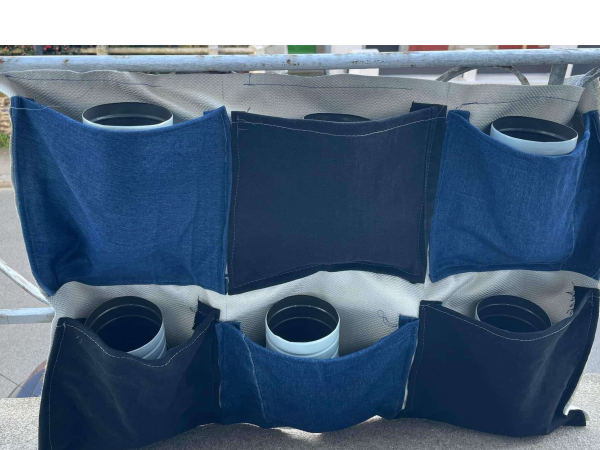
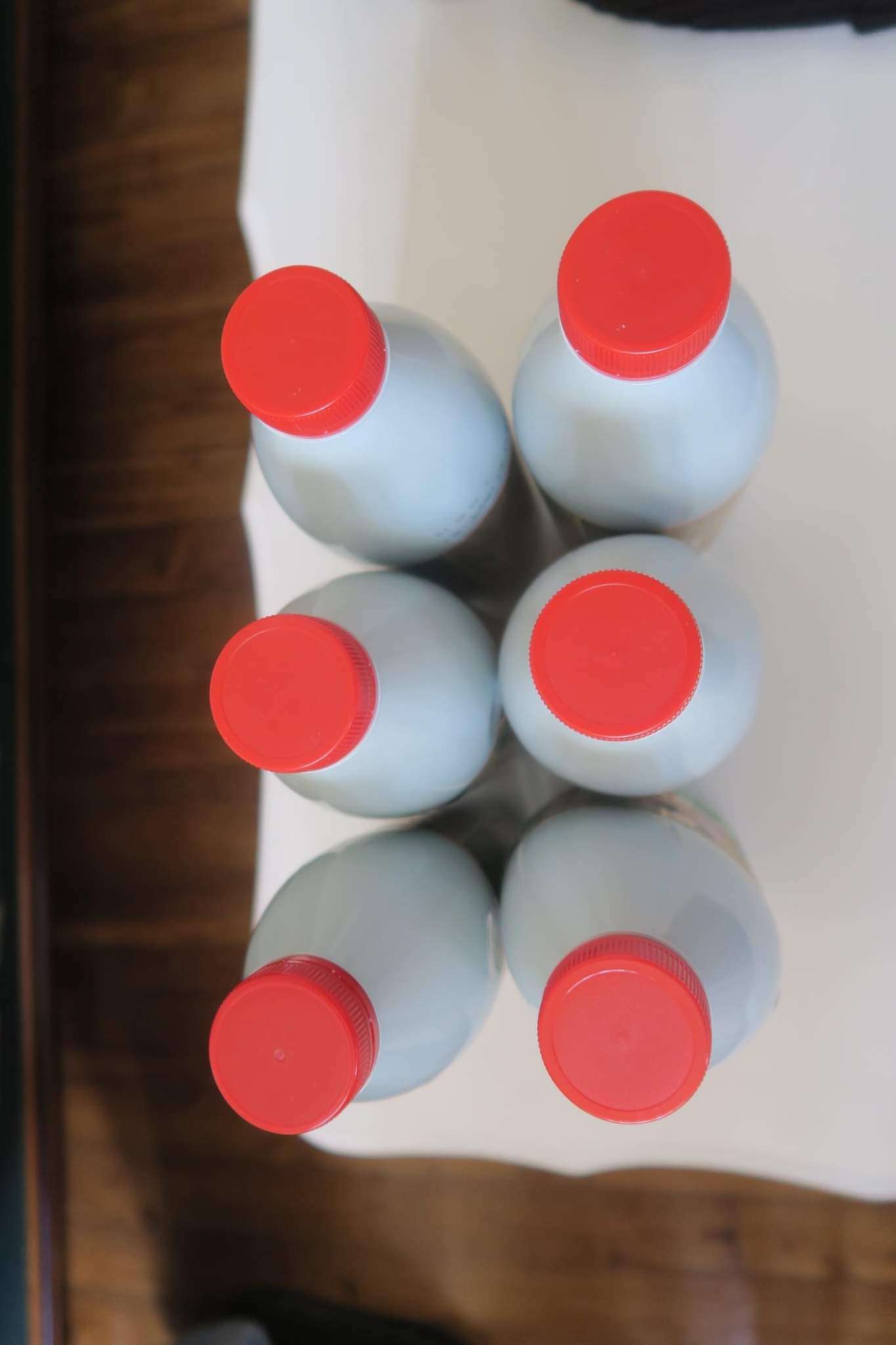
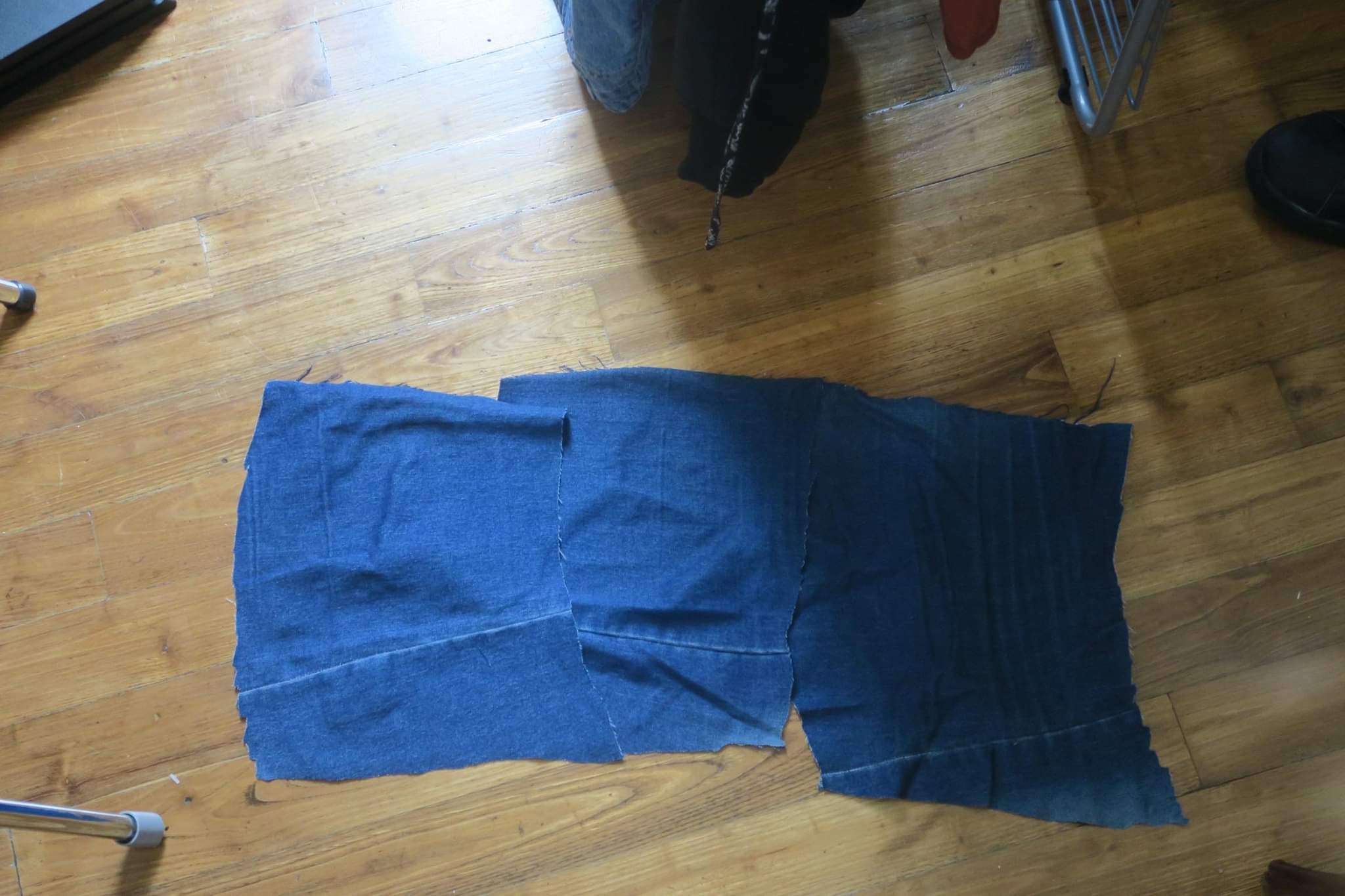
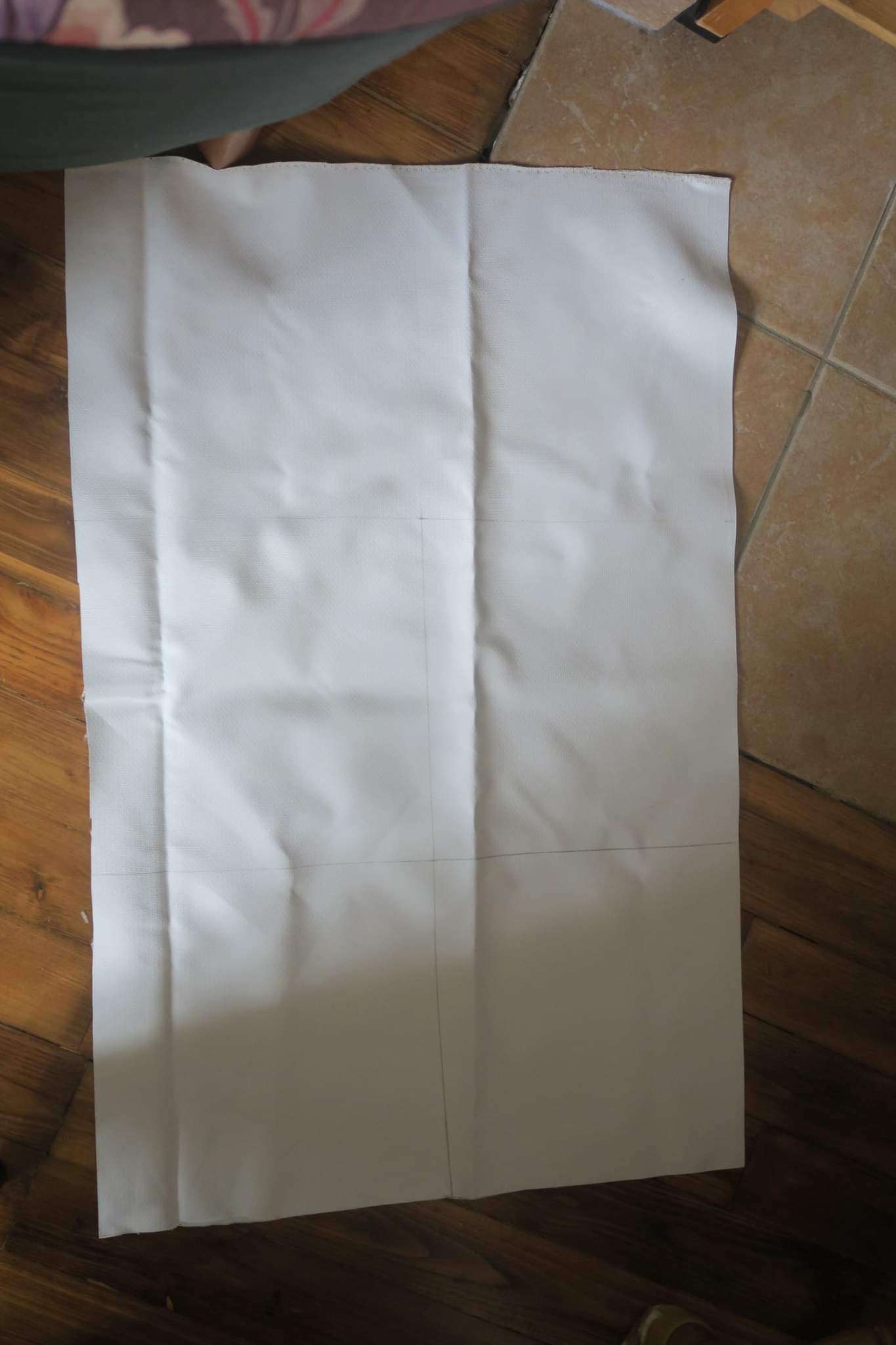
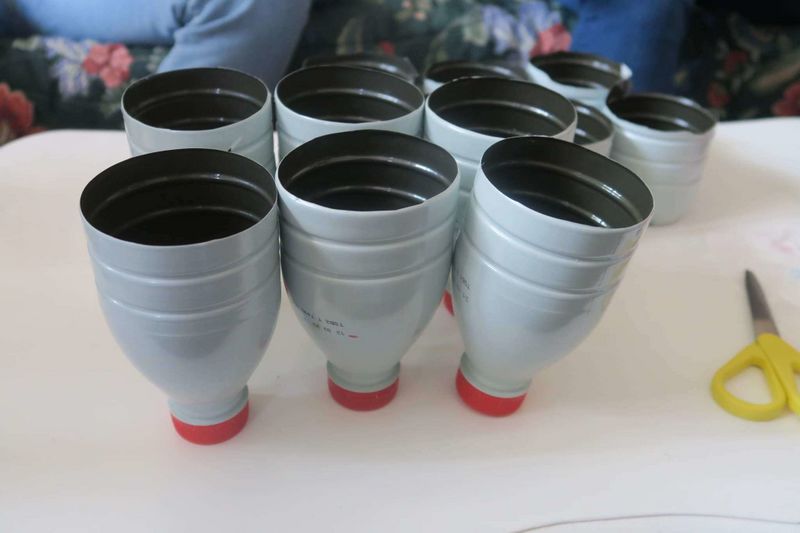
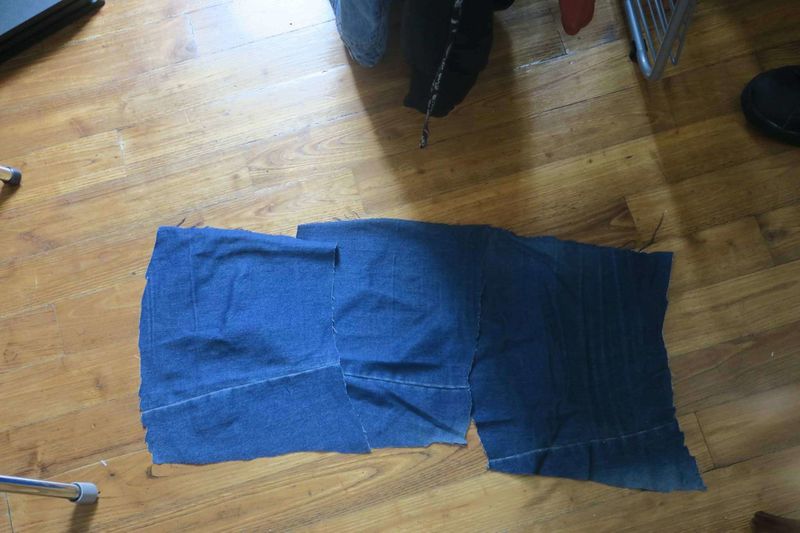
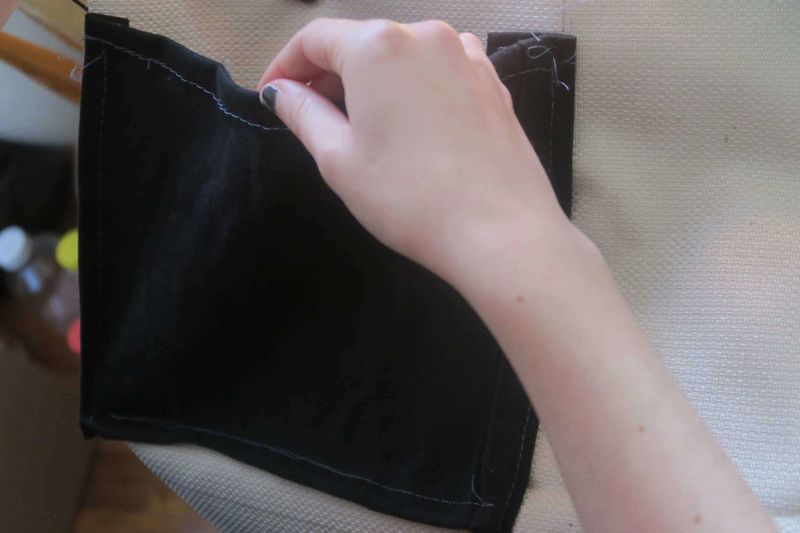
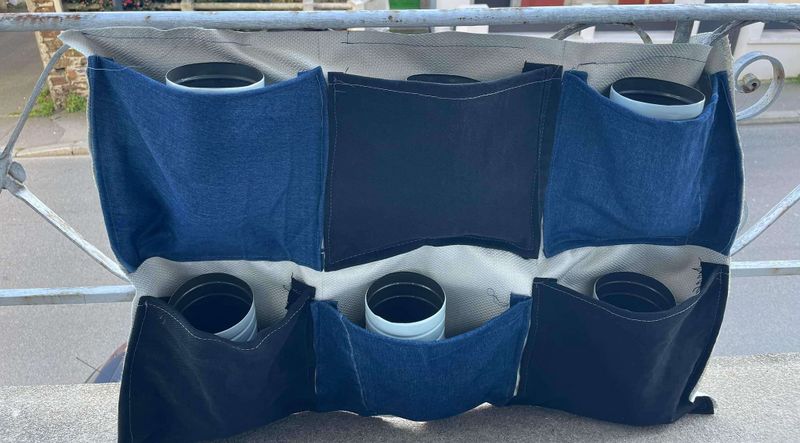
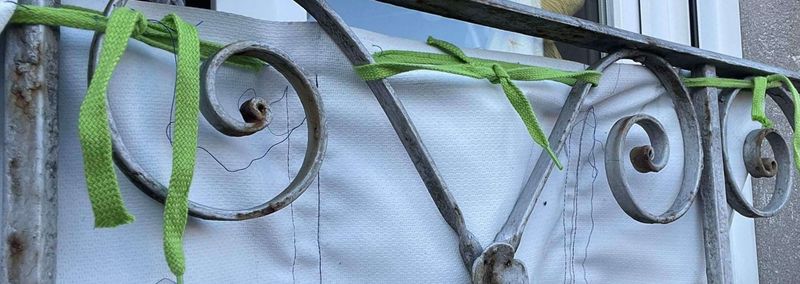
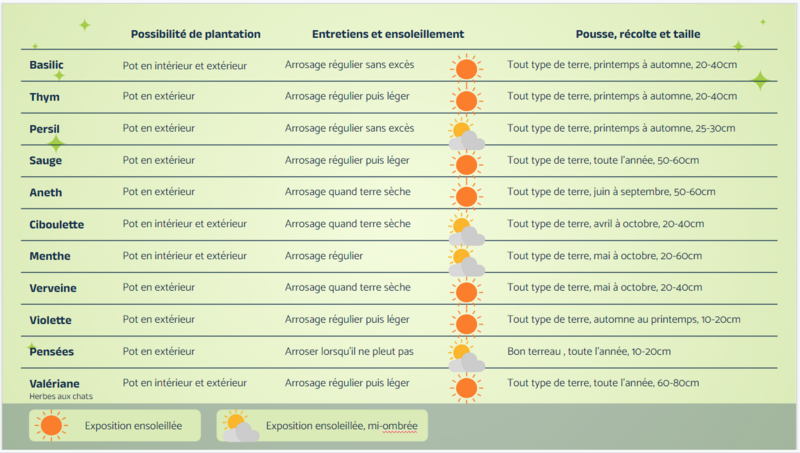
 Français
Français English
English Deutsch
Deutsch Español
Español Italiano
Italiano Português
Português